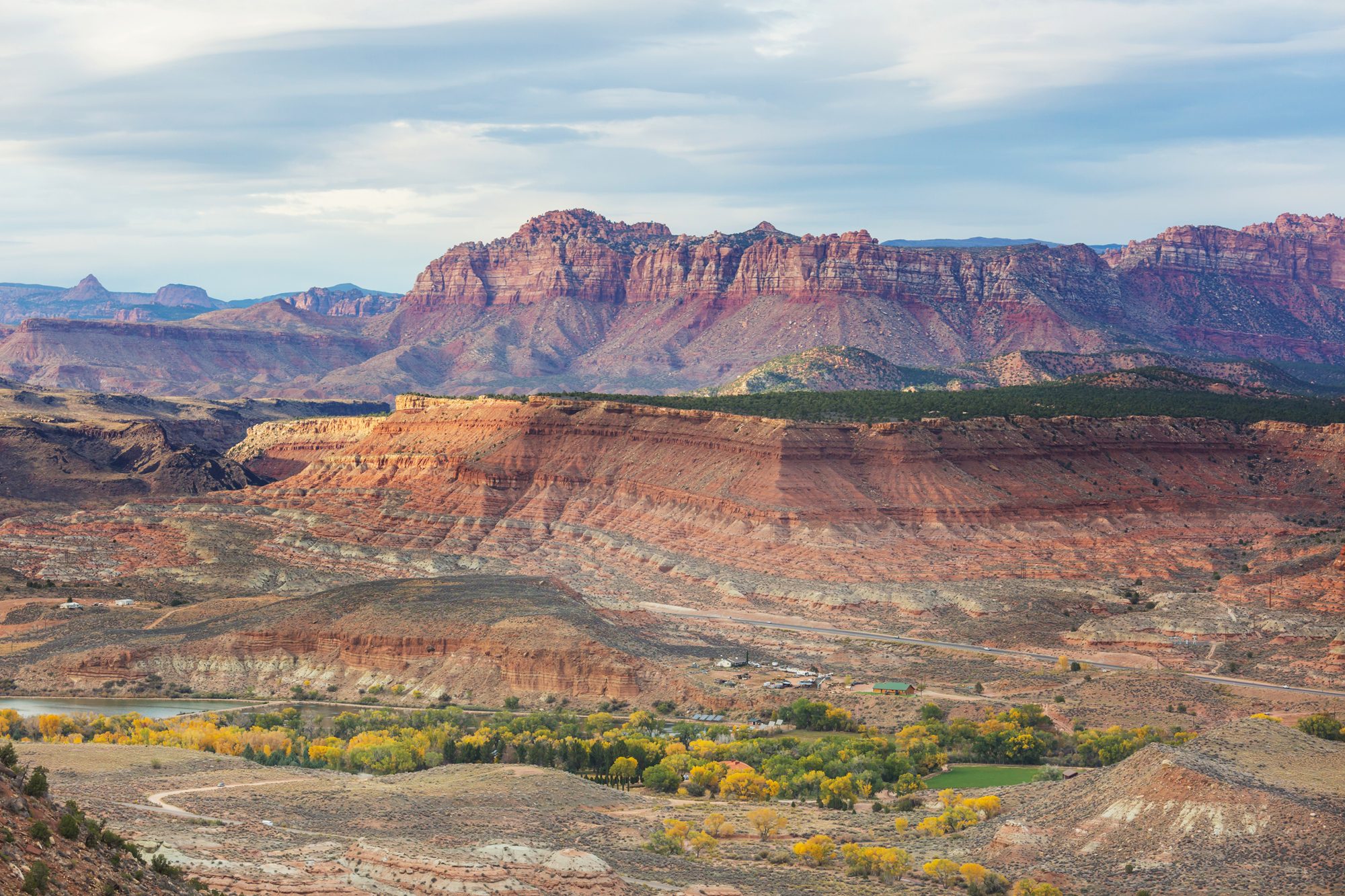- Utah faces drought conditions in most years, impacting every sector.
- Snowpack and reservoirs form the foundation of Utah’s water system.
- Wildlife, farms, recreation, and energy systems are all at risk.
- State agencies are emphasizing conservation, adaptation, and coordination.
Friday, June 27, 2025 — The Utah Division of Water Resources’ drought overview published in its news feed on Wednesday provides more than just a state-level update. It offers a timely and relevant roadmap for all seven Colorado River Basin states, where water scarcity, ecosystem fragility, and shifting climates are shared concerns. While centered on Utah’s experience, the article highlights interlinked challenges and solutions that resonate across the arid West.
Water Supply: Snowpack and Storage as Foundations.
Utah’s water supply originates in the mountains, where more than 95 percent of its water is sourced as snow. This snowpack functions like a natural savings account, slowly melting to replenish rivers, lakes, and reservoirs. When snowpack levels are low, the entire system downstream suffers.
Reservoirs serve as a crucial buffer during dry spells, storing water from wetter years. However, prolonged drought can deplete even these reserves. Some Utah reservoirs have recently reached historically low levels, underscoring vulnerabilities in the system. This reality is driving state officials to double down on conservation, resilient infrastructure, and watershed health.
Managing Water Use Through Law and Policy.
In Utah, all water is publicly owned and administered by the State Engineer, who also leads the Utah Division of Water Rights. This office oversees water rights, approves beneficial use, and adjusts allocations during shortages.
During drought, the Division engages in:
-
Active allocation management: Water commissioners ensure distribution is equitable and consistent with legal rights.
-
Contingency planning: Many irrigation companies and water suppliers follow pre-approved drought response plans that include cutbacks and schedule adjustments.
-
Right adjustments: Users may apply for changes to their water rights under Utah Code 73-3-8 to meet evolving drought demands.
Drought’s Toll on Wildlife and Ecosystems.
Dry conditions affect more than water users. Wildlife and fish face reduced food and water supplies, forcing species such as deer and elk into urban areas and lowering the survival rates of newborn animals.
Fish, especially cold-water species like trout, suffer from low water levels and rising temperatures. Biologists with the Utah Division of Wildlife Resources closely monitor these effects, working to protect habitats while encouraging the public to fish during cooler hours and handle aquatic species with care.
Agriculture Under Strain.
Farms and ranches are hit hard by water scarcity. Irrigation cuts can force producers to leave fields fallow, buy costly supplemental feed, or reduce livestock herds. These decisions carry long-term economic consequences for both individual operations and rural economies.
The Utah Department of Agriculture and Food is responding through its Agricultural Water Optimization Program. This initiative promotes efficient irrigation, improved soil practices, and long-term planning to help producers stay productive despite shrinking water supplies.
Drought Fuels Wildfire Risk.
Warmer temperatures and drier landscapes are contributing to longer and more intense wildfire seasons in Utah. These fires threaten homes, forests, and watersheds, while post-fire erosion can degrade water quality and fill reservoirs with sediment.
The Utah Division of Forestry, Fire and State Lands is taking a proactive stance by thinning overgrown forests, using livestock grazing to reduce fire-prone vegetation, and building community awareness around fire prevention.
Outdoor Recreation and Economic Ripple Effects
Drought also affects the quality of life and economic activity tied to Utah’s outdoor recreation industry, which generates over $9.5 billion annually. Low water levels can cancel rafting trips, limit fishing, and close boat ramps. Even ski seasons are shorter when snowfall is weak.
The Utah Division of Outdoor Recreation and State Parks continues to track conditions and offer guidance to help maintain access and experiences in state-managed recreation areas.
Energy and Water: A Two-Way Dependency
Water and energy systems are deeply connected. Generating electricity requires water, and managing water systems requires energy. Utah is exploring ways to increase energy production while reducing water usage, a balancing act made more challenging during prolonged droughts.
Investments in new technologies and resource-efficient infrastructure are critical to ensuring future supplies of both energy and water remain affordable and reliable.
The Great Salt Lake: A Visible Warning.
The shrinking Great Salt Lake reflects the cumulative impact of upstream water diversions, reduced inflows, and rising demand. As the lake declines, so does its role in supporting migratory birds, regulating dust, and sustaining regional industries.
A statewide response is now underway. The Utah Division of Water Resources is leading the Great Salt Lake Basin Integrated Plan, a coordinated effort to analyze supply and demand throughout the basin. The project aims to support balanced decision-making that considers the needs of ecology, agriculture, and the community.
Long-Term Stewardship Requires Action Now.
Utah’s approach makes clear that drought is not a seasonal inconvenience — it is a structural challenge with far-reaching effects. While personal conservation choices matter, long-term water security will require investment, education, policy reform, and cooperation among states.
makes clear that drought is not a seasonal inconvenience — it is a structural challenge with far-reaching effects. While personal conservation choices matter, long-term water security will require investment, education, policy reform, and cooperation among states.
Ongoing initiatives, such as native landscaping, legislative reforms, and inter-agency collaboration, demonstrate Utah’s commitment to building a resilient water future. Other states in the Colorado River Basin are watching closely — and facing many of the same decisions.
For more details and updates on Utah’s drought planning, visit the Utah Division of Water Resources .
.


Utah moves forward with innovation, I too, would like to see more of this.